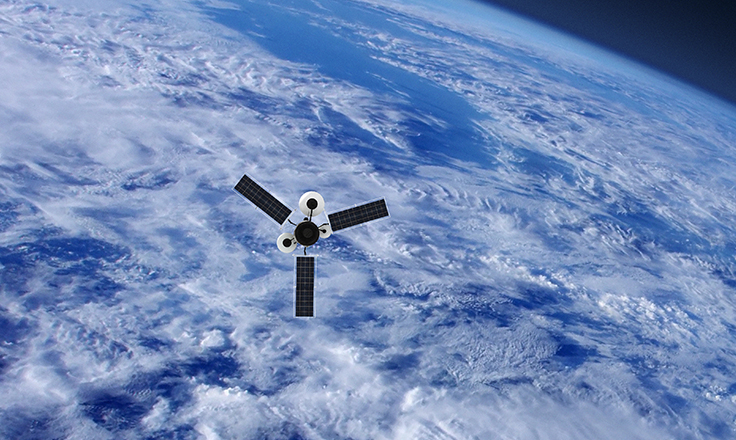The Telco Space Race: Low Earth Orbit Satellites for True Global Connectivity
- Published
- 4 min reading

The world of telecommunications used to be dominated by cables and fixed lines. Then came mobile networks and wireless communications. Now, we are entering the telco space age as operators look to low Earth orbit (LEO) satellites to meet growing demand for reliable and stable Internet access globally.
We tend to take connectivity, the Internet and the Internet of things for granted. For the developed world, that’s a reasonable assumption; a report by the International Telecommunications Union showed that the Internet covers about 87% of populations. The picture couldn’t be more different in the developing world, where average penetration is just 47% - and as low as 19% in some places1.
The solution to this problem lies with LEO satellites. According to the European Space Agency, these are satellites that orbit the Earth at anything between 160km and 1,000 km above the surface. Even those closest to the earth are still more than 10 times higher than any aircraft will fly. LEO satellites are flexible too, as they don’t need to stick to an orbit that follows the line of the equator. This is one reason that they are so attractive in the telecommunications sphere; because their orbits can be tilted, there are far more “routes” available to them – meaning they have greater capacity for coverage.
Three big players have already entered the LEO satellite Internet market. Amazon’s “Project Kuiper” has secured a deal to launch nine such satellites from Florida. The SpaceX Starlink project is operational now, with LEO satellites delivering Internet to remote locations at download speeds of up to 200 Mb/s and with latency as low as 20ms. And OneWeb has satellites up there too, offering services tailored for many sectors such as business, maritime and aviation.
Clearly, space-based Internet and connectivity is a field which is ripe for expansion. Existing projects are likely to expand, and more companies are likely to enter the market in the near future. This will present opportunities for telcos, who will be able to take advantage of LEO satellites to offer services (such as 5G network access, network slices and private networks) they are already developing to locations currently impossible to penetrate.
To find out more about how telecommunications, connectivity and the Internet are expanding towards space, and what to expect in the near future, download and read your free copy of our new ebook, entitled “Comarch 2022 Telco Trends Alert – Predictions for the Telecom Industry in 2022 and Beyond”.
Source
1. International Telecommunication Union; Measuring digital development Facts and figures 2020







